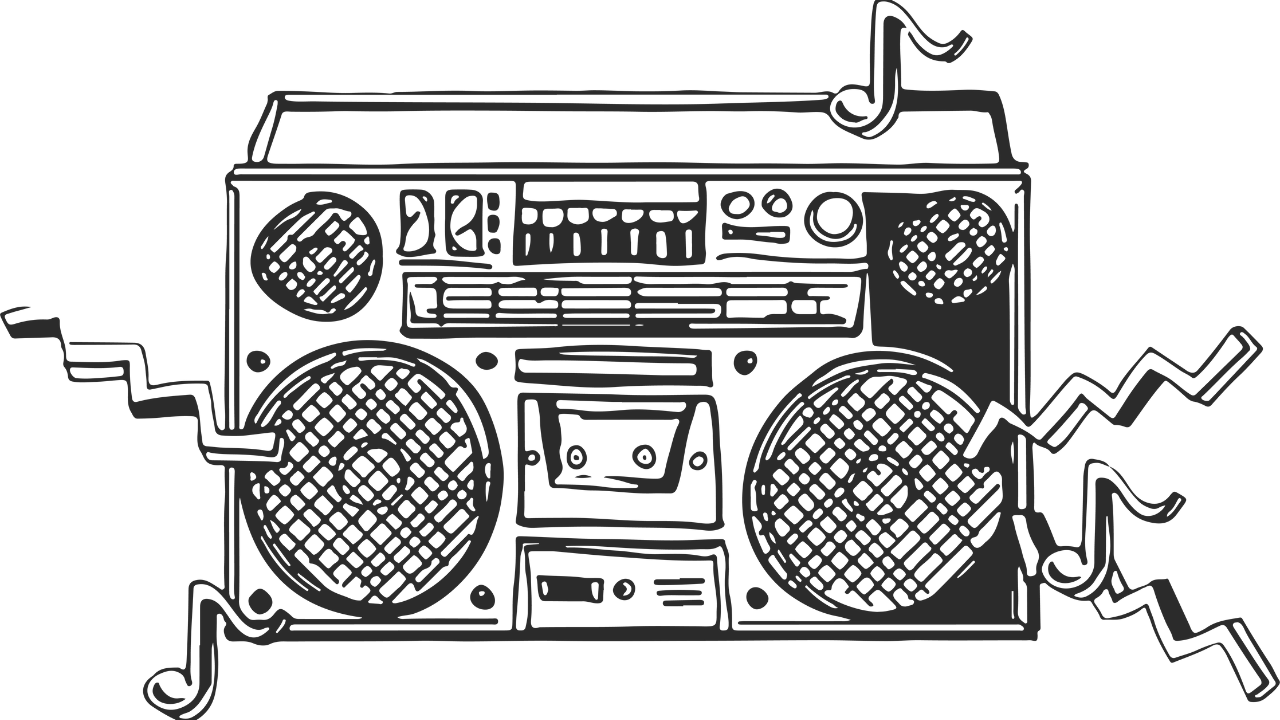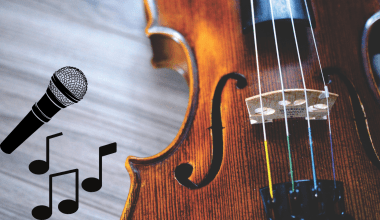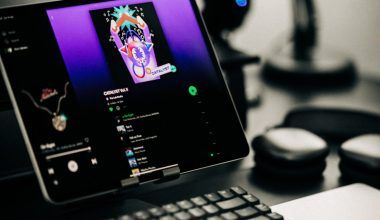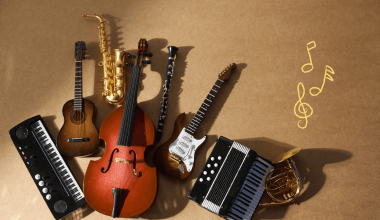Have you ever wanted a space where you can freely create music? A home music studio is the answer! Whether you’re a beginner or an experienced musician, having your own music studio at home lets you explore your passion anytime you want. Plus, it’s super convenient and saves you money. Imagine recording songs, trying new sounds, or even starting a podcast, all without leaving your house. Doesn’t that sound amazing?
In this guide, we’ll walk you through everything you need to know about building your own home music studio. Don’t worry, we’ll keep it simple and budget-friendly. You’ll learn about the equipment you need, how to set it up, and tips to make your studio sound great. Let’s get started!
Why Should You Have a Home Music Studio?
A home music studio isn’t just for professionals. Anyone who loves music can benefit from having one. Here are some simple reasons why you should set one up:
- Work Anytime: No need to book expensive studio time. You can record your music whenever inspiration strikes!
- Save Money: Studios charge a lot for sessions. With your own space, you only pay for the gear once and use it forever.
- Comfort Zone: You’re in your own home, so you can create without feeling rushed or judged.
- Personalized Setup: Make your studio exactly how you like it, with your favorite tools and decorations.
Even if you’re just starting your music journey, a small home music studio can help you learn, grow, and create freely.
Step 1: Picking the Best Spot for Your Home Studio
The first thing to decide is where to set up your home music studio. Don’t worry, you don’t need a fancy room! Just look for a quiet, small space that you can dedicate to your music. Here’s how to choose:
- Find a Quiet Room: Look for a space away from noisy areas like the kitchen or the street.
- Check the Shape of the Room: Square rooms aren’t great for sound. A rectangle-shaped room works better.
- Think About Comfort: Make sure there’s enough light and the space isn’t too hot or cold.
- Start Small: If you don’t have a spare room, use a corner in your bedroom or living room.
Pro Tip:
If your room has a lot of echoes, you can reduce it by putting up curtains or adding a rug. Simple tricks can make a big difference!
Step 2: Must-Have Equipment for Your Home Music Studio
Now that you’ve picked the spot, it’s time to get the gear. Don’t worry if it sounds overwhelming. Start with the basics and add more as you go. Here’s a simple list of what you’ll need:
1. A Good Computer
This is the brain of your home music studio. If you already have a computer or laptop, you’re off to a good start!
- Mac: Great for music software like Logic Pro.
- Windows PC: Cheaper and works with most programs.
2. Digital Audio Workstation (DAW)
A DAW is software that lets you record, edit, and mix your music. Popular options include:
- GarageBand (Free for Mac users)
- Audacity (Free and simple to use)
- FL Studio (Perfect for beginners and pros)
3. Audio Interface
This little box connects your computer to your instruments and microphones. It makes sure your sound is clear. Look for one with “phantom power” if you plan to use condenser microphones.
4. Microphone
- Condenser Microphone: Best for vocals and acoustic instruments.
- Dynamic Microphone: Great for louder sounds like drums or electric guitars.
5. Headphones
Good headphones are super important. Get closed-back ones for recording and open-back ones for mixing.
6. Studio Monitors
These are special speakers that let you hear your music as it really sounds. Even if you have regular speakers, upgrading to studio monitors makes a huge difference.
7. Cables and Accessories
Don’t forget:
- XLR cables for your microphone.
- A sturdy mic stand.
- A pop filter to make your vocals sound smooth.
8. MIDI Controller (Optional)
If you like playing with beats and melodies, a MIDI keyboard is a fun addition.
Step 3: Setting Up Your Home Music Studio
Now comes the fun part—putting it all together! Here’s how to do it step by step:
1. Organize Your Desk
Place your computer in the center and set up your monitor speakers at ear level. Make sure there’s enough space for your audio interface and keyboard.
2. Connect Your Gear
Use cables to connect your microphone, audio interface, and headphones to the computer. Most setups are plug-and-play, so it’s easy!
3. Control the Sound
Add a rug, curtains, or foam panels to reduce echo. You don’t need expensive soundproofing—just enough to make your recordings clear.
4. Comfort Is Key
Use a comfortable chair and good lighting. You’ll be spending a lot of time here, so make it cozy!
Step 4: Making Your Home Studio Sound Better
To get professional-quality sound, focus on the room’s acoustics. Here are some easy fixes:
DIY Soundproofing Tips
- Add bookshelves or furniture to absorb sound.
- Use heavy curtains to block outside noise.
- Seal gaps in windows and doors with weatherstrips.
Speaker Placement
Place your speakers in a triangle with your chair at the center. This setup gives you the most accurate sound.
Step 5: Budget-Friendly Tips
Setting up a home music studio doesn’t have to cost a fortune. Here’s how to save money:
- Start Small: Only buy what you need for now. You can always upgrade later.
- Second-Hand Gear: Check out online marketplaces for used equipment in good condition.
- DIY Everything: From soundproofing to desk setup, you can save a lot by doing things yourself.
- Use Free Software: Try Audacity or GarageBand before investing in paid DAWs.
Step 6: Maintaining Your Home Music Studio
Keeping your studio clean and organized will make it easier to use and more enjoyable.
- Clean Regularly: Dust your gear to keep it in good condition.
- Label Cables: Use color tags or labels to avoid confusion.
- Back Up Your Files: Always save your work on an external drive or cloud storage.
Bonus: Fun Add-Ons for Your Studio
Once your studio is up and running, you can make it even better with these:
- LED Strip Lights: Create a fun vibe with colorful lighting.
- Portable Recorder: Capture ideas on the go.
- Extra Monitors: If you’re multitasking, a second screen helps a lot.
Conclusion: Your Creative Space Awaits
Building a home music studio is one of the best investments you can make in your passion for music. It’s your personal space to explore, experiment, and grow. Whether you’re recording your first song or mixing an album, your home studio will help you every step of the way.
Start small, stay creative, and remember—it’s all about enjoying the process. You’ve got this!
Related Articles:
For further reading, explore these related articles:
- Famous Musicians and Their Instruments – A Journey of Music and Memories
- Spotify Student Plan India: Affordable Music for Every Student
For additional resources on music marketing and distribution, visit Deliver My Tune.





